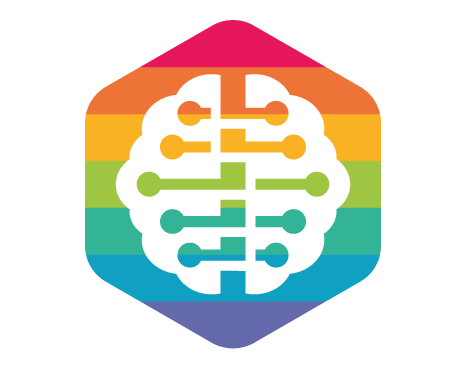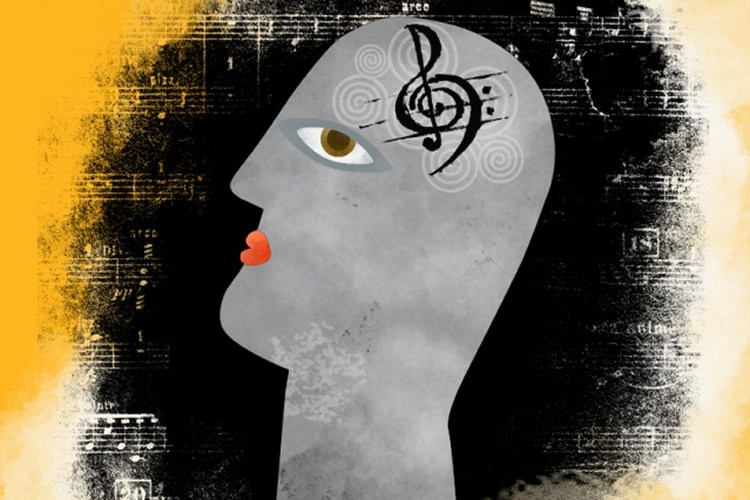“I love music therapy! When we have our group, I feel like I am defeating Parkinson’s!” – Deborah H.
Music is enjoyable. Music is fun. Music can bring us to tears or make us feel great. But why is music therapeutic?
Music is an effective treatment for neurological disorders such as Parkinson’s disease, and neurological injuries because it promotes neuroplasticity. According to the Encyclopaedia Britannica, “Neuroplasticity is the capacity of neurons and neural networks in the brain to change their connections and behaviour in response to new information, sensory stimulation, development, damage, or dysfunction.”
There are millions of cells in our brain called neurons that send electrical impulses whenever we have a thought or make an action. Neuroplasticity occurs when new connections are formed between those neurons. This is essential for learning new skills that may have been lost due to a neurologic disease or injury. Neuroplasticity is also the pruning of connections that are no longer needed.
Why does music work?
- It Activates the Whole Brain
- Preferred Music Increases Dopamine
- Music Provides a Clear Signal
- Neural Synchrony
Let’s talk today about the first principal. Music works because it activates the whole brain. Think about it. If you’re listening to music, the auditory cortex or hearing centers of your brain are involved. Your motor cortex is activated when you move to music. If you’re reading music, the occipital region of your brain is engaged. Your limbic system is involved when you have an emotional response, or a memory is created or recalled. If you’re playing an instrument, you’re using the “touch” or somatic sensory area of your brain. You’re also using your frontal lobe for making decisions on how to play. If you’re actually learning how to play an instrument, you’re using all of the above as well as the area of the brain that integrates information, the parietal lobe.
Different parts of the brain can be selectively engaged or activated based on how you interact with music. This fact is essentially what makes music uniquely therapeutic and music therapy effective in promoting neuroplasticity.
Need more proof? Take a look at the “Tango Brain” video below. It shows how music activates the entire brain even when passively listening. Researchers used Functional Magnetic Resonance Imaging (fMRI) to detect increased blood flow and locate greater activity. To view the entire video click HERE.
What does this mean for someone with a neurological condition such as Parkinson’s Disease, stroke or TBI? It means that skills that were affected or lost may be able to be maintained, improved or regained using music-based interventions. Music has the unique ability to activate the entire brain and promote neuroplasticity.
Music therapy based groups like the Motivate Through Music Program for Parkinson’s, harness the elements of music in specific ways to target areas of need such as improving mood and voice function. This program and others are sponsored through a Community Grant by Parkinson’s Foundation and are free of charge to participants.
Next up? Why listening to your favorite songs is good medicine!


